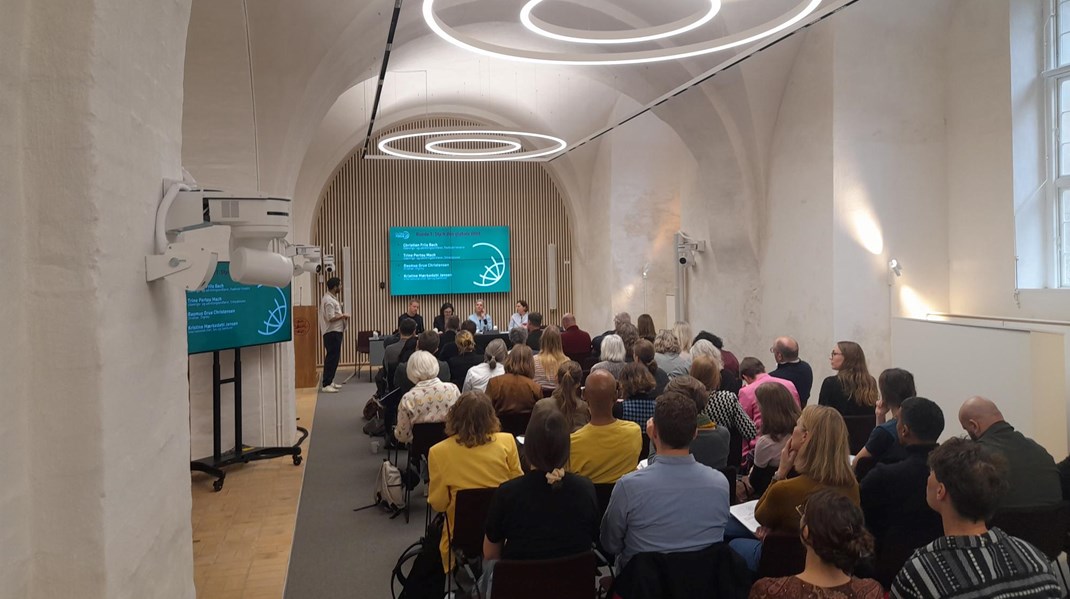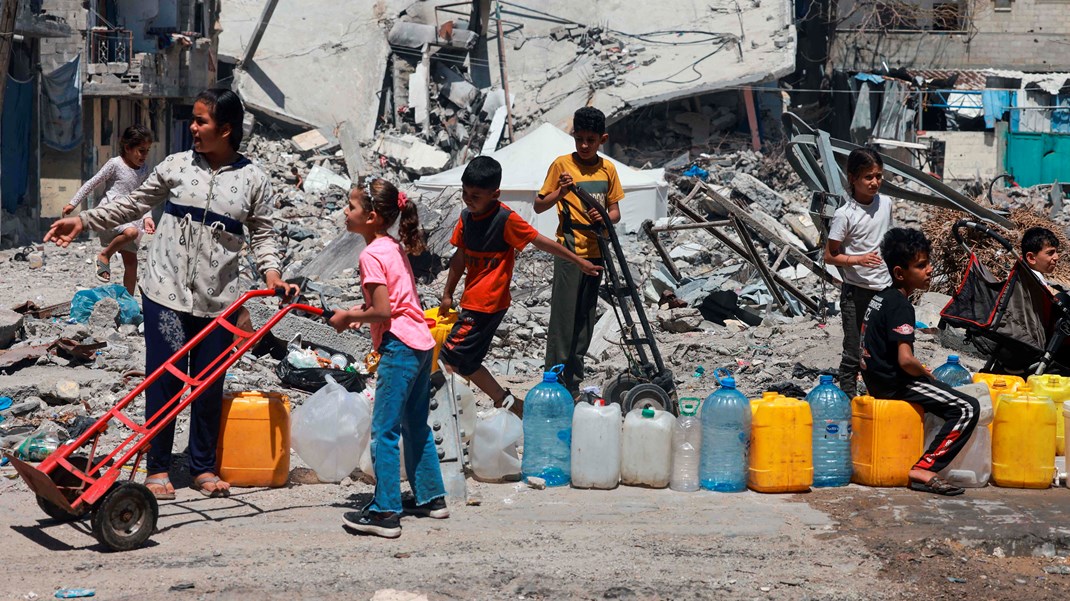Aid Worker Security Report documents sexual violence and gender-based risk in humanitarian aid
By Abby Stoddard, Paul Harvey, Monica Czwarno, Meriah-Jo Breckenridge
Summary of key findings
2018 was the second worst year on record for aid worker security, with 399 aid workers affected by major violence in 221 separate attacks.
Victims included 126 aid workers killed, 143 wounded, and 130 kidnapped.
South Sudan continues to experience the highest number of attacks; recent mass hostage-takings there have driven up global kidnapping figures. Kidnappings also increased once again in Afghanistan.
Violence against aid workers increased sharply in Democratic Republic of Congo, due to increased criminal activity and the beginning of a spate of attacks on Ebola responders, which worsened in 2019.
National staff, always the majority of victims in absolute numbers, now also experience increased attack rates and fatality rates per capita relative to international staff, reflecting increased localisation of aid in high-risk areas.
Male aid workers experience three-to-six times higher attack rates than females overall but the largest gender variance is in the category of sexual violence, which predominantly affects women.
For all years, the database records 29 victims of sexual violence (all female), a number assumed to be artificially low due to underreporting. Sexual violence was used in 8 per cent of all attacks involving female victims.
Data on sexual violence and gender-differentiated analysis is weak across the sector. As a result, much of what we think we know about gender-based risks and appropriate mitigation strategies is based on assumptions that lack empirical support.
Sexual violence poses particular challenges to risk management due to the stigma surrounding the subject and because it is virtually the only type of violent threat to aid workers where perpetrators may be inside as well as outside the organisation.
Because sexual violence has the potential to inflict significant long-term harm, it is critical to ensure full risk awareness and informed acceptance on the part of staff a priori, as well as to provide intensive aftercare and support. Discomfort with the subject, and gender dynamics within field teams, hinders these conversations.
The same lack of direct and explicit attention to these issues can contribute to an organisational culture that is permissive of sexual harassment and misconduct, potentially increasing the risk for more serious sexual violence to occur.
Organisations can help increase reporting, and thereby better understand and address the problem, by taking proactive measures to remove the current obstacles to— and onus on—the victims.


